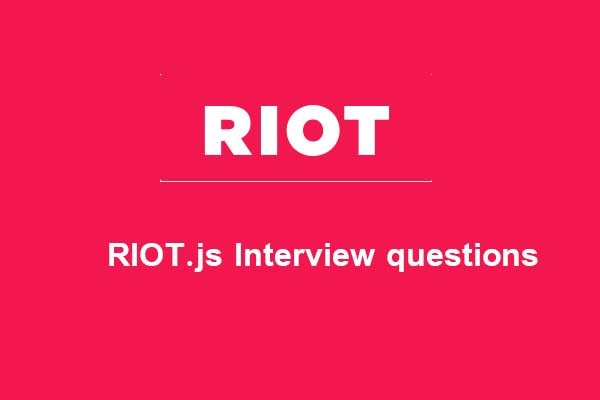Riot.js is a JavaScript framework that is all about the idea of custom and reusability of HTML tags. It enables its users to make use of custom HTML tags and reusing them at different pages as well as web apps. In this way, Riot.js is based on the ideas similar to that of Web Components. Riot.js is very compact and its JavaScript files are reasonably small. Also, it is reasonably easy to use, and very consistent and intuitive once users learn about it. Riot.js is very similar to Polymer and React.JS. But it is more focused and therefore more compact. By focused it means it has fewer features, but the most commonly used features are present.
Read Top Riot.js Interview Questions and answers
Here we provide you with some of the important interview questions, which will help you to encounter any interview related to Riot.js.

